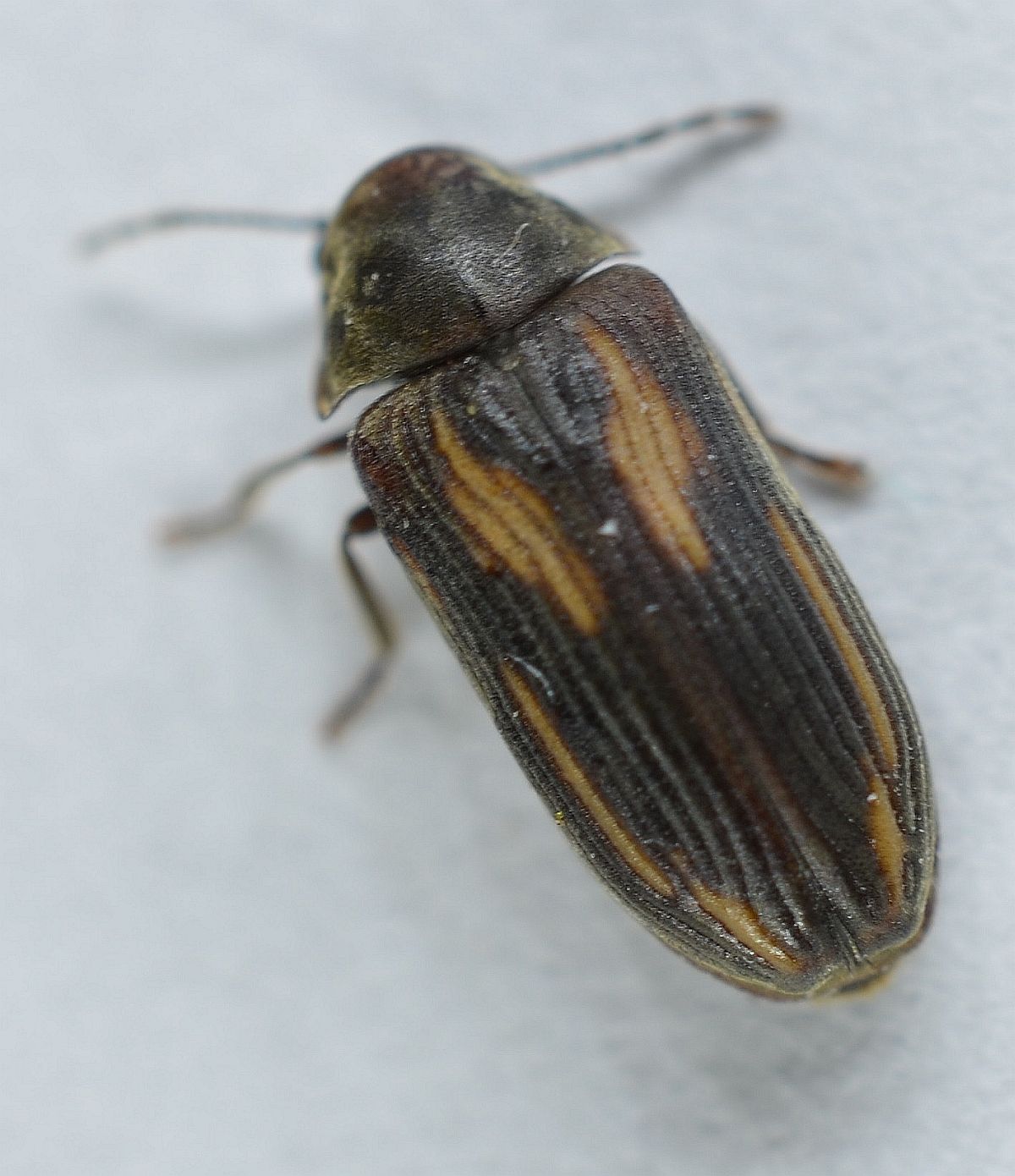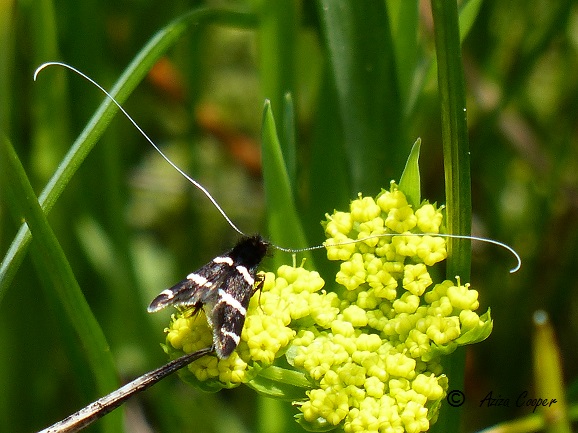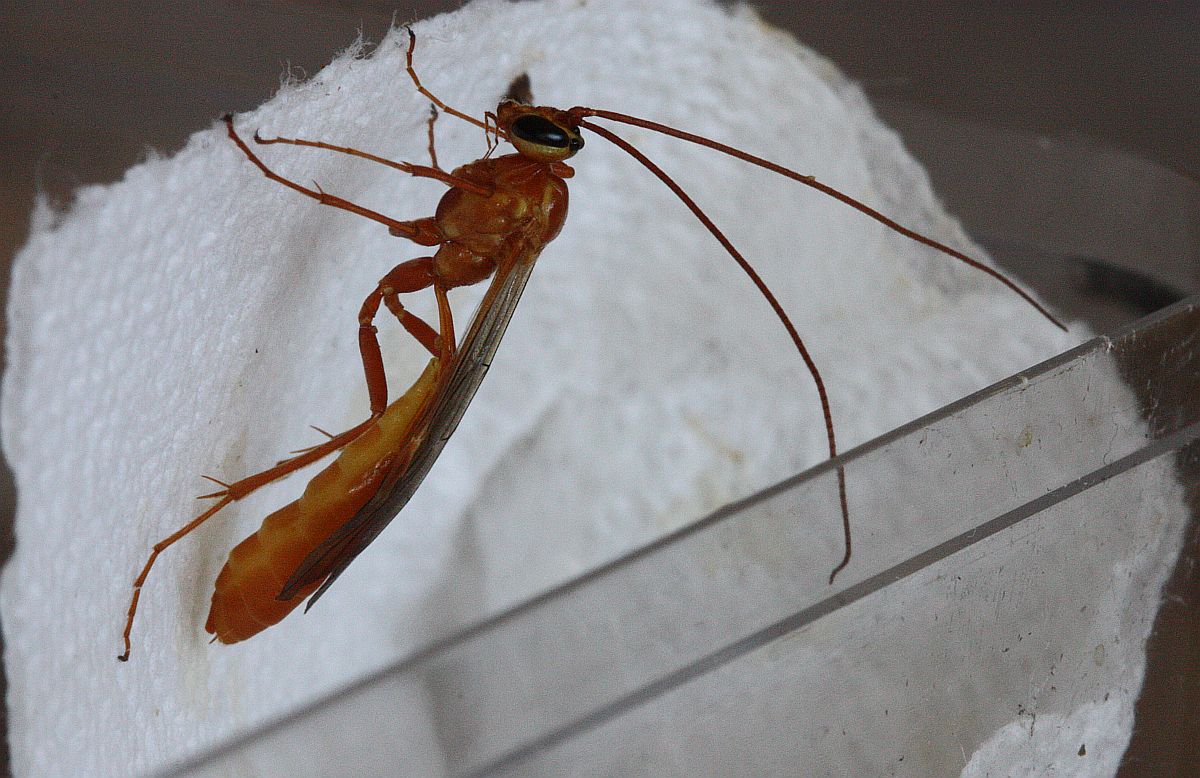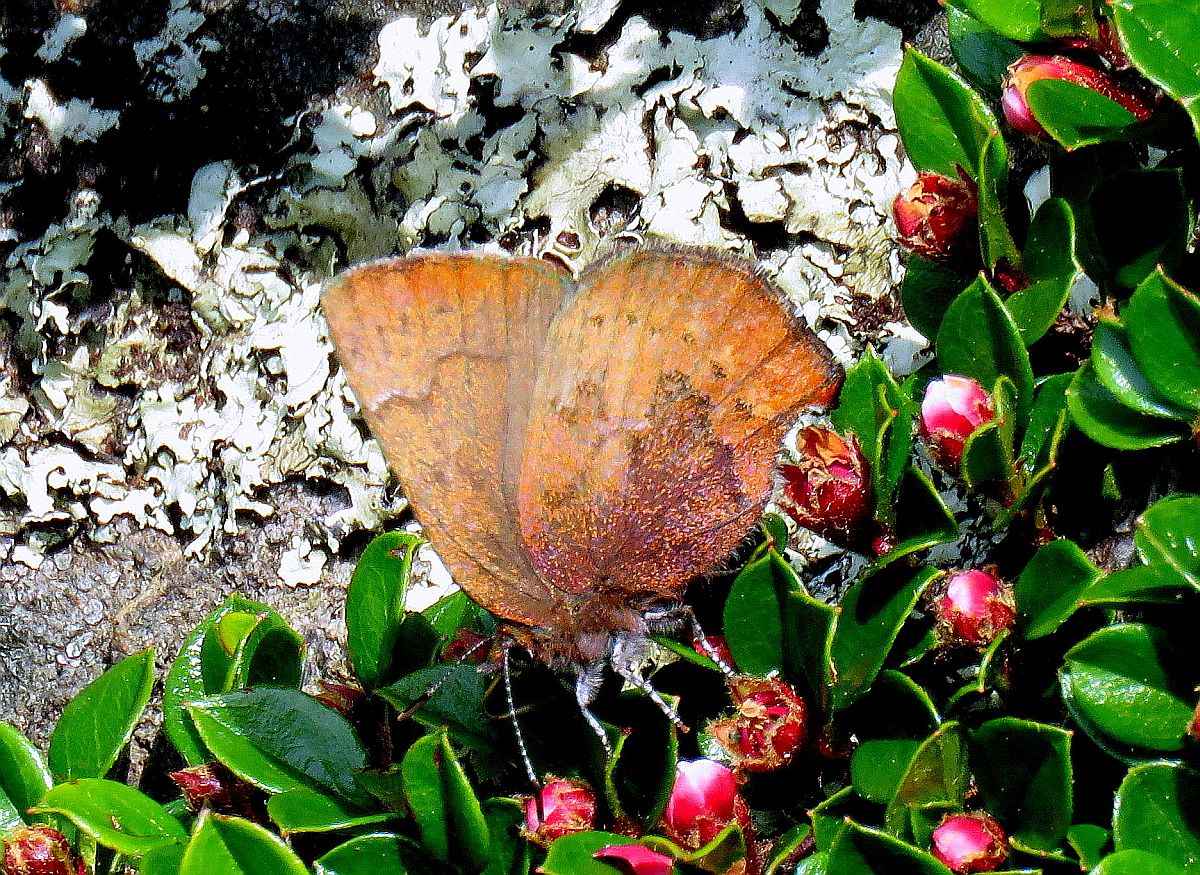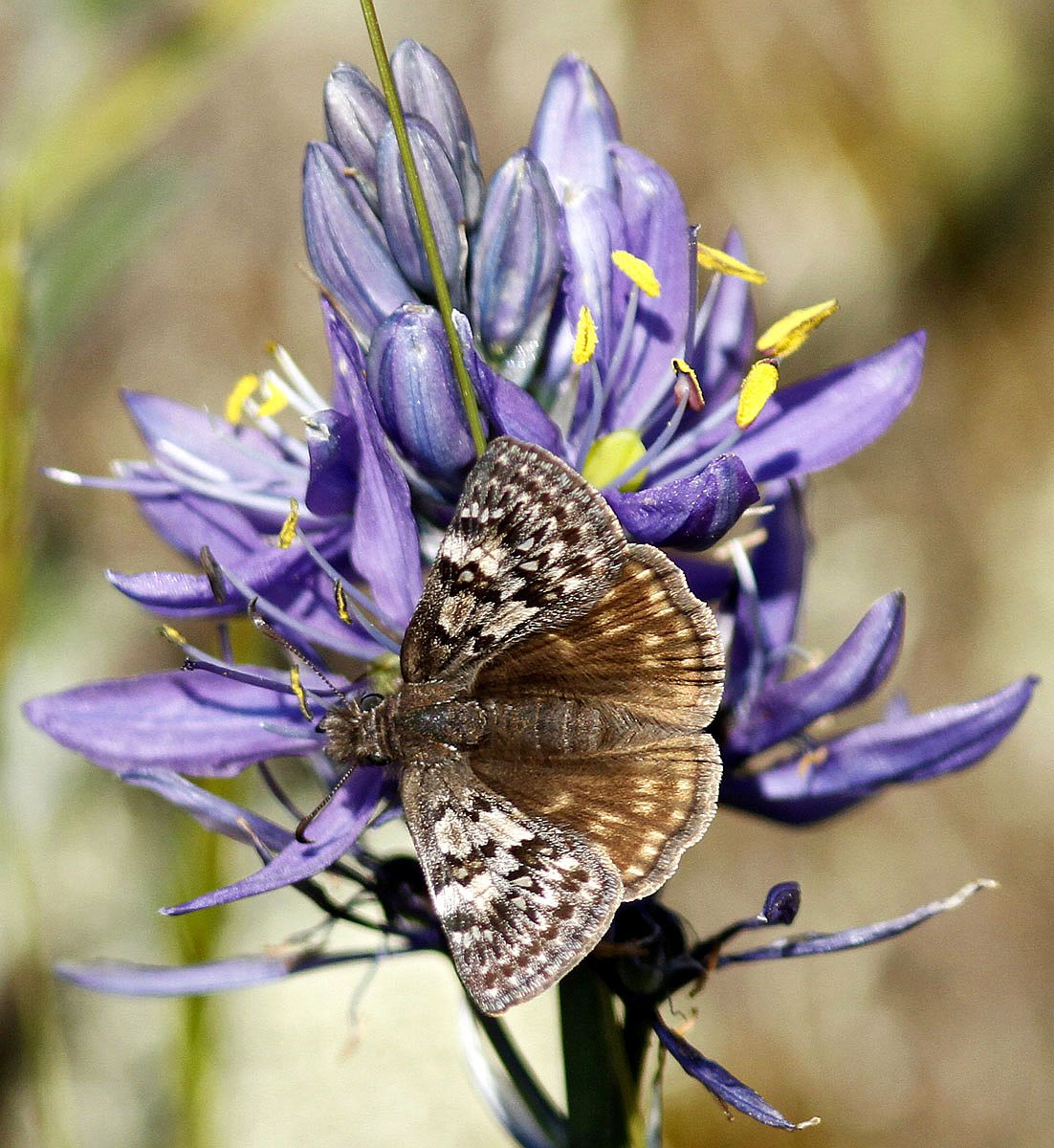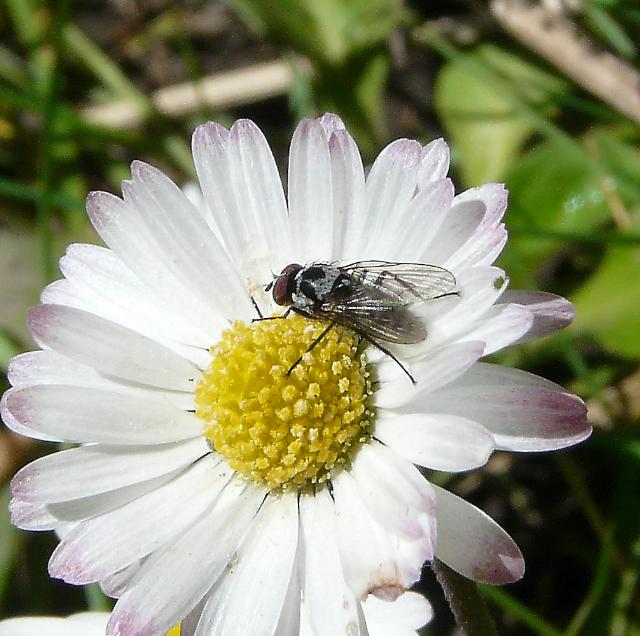2015 April 21
Jeremy Tatum writes: Here is a rather large ant from the carport of my Saanich apartment this morning. The lines on the piece of card to the left of the photograph are 1 cm apart. This is a species of Carpenter Ant of the genus Camponotus.
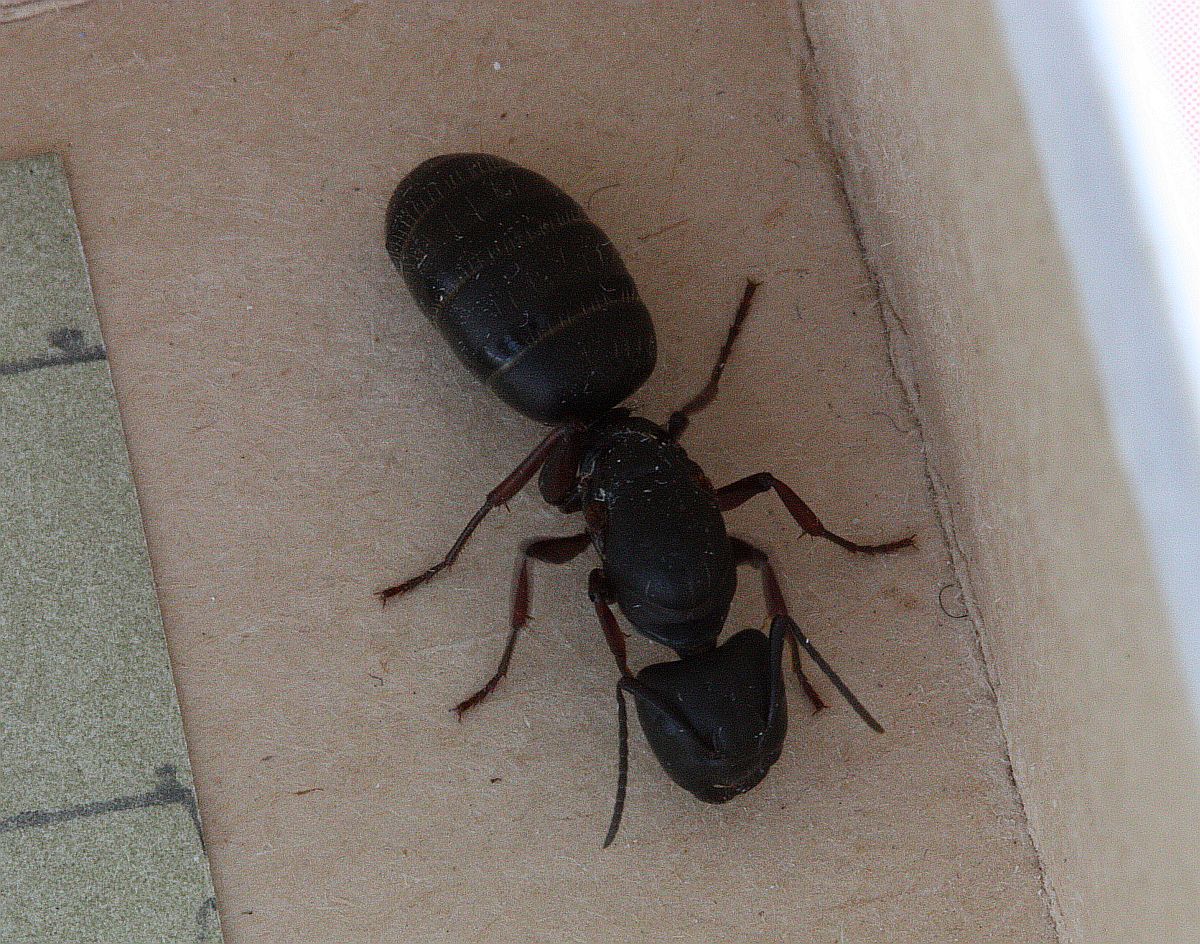
 Carpenter Ant Camponotus sp. (Hym.: Formicidae) Jeremy Tatum
Carpenter Ant Camponotus sp. (Hym.: Formicidae) Jeremy Tatum
Annie Pang sends a photograph of two crane flies in copulo from Gorge Park, April 20.
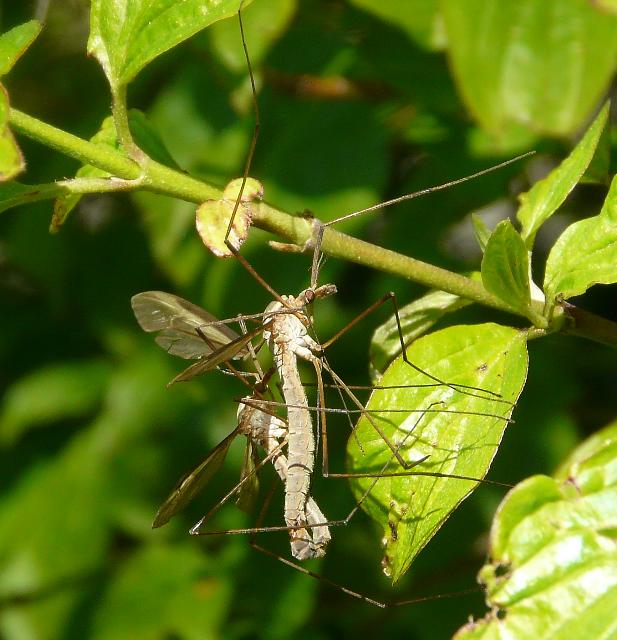
Val George writes: Yesterday, April 20, I did a butterfly count on Mount Douglas for the April survey. Conditions were ideal for these insects to fly. My count was: 9 Spring Azures, 6 Sara Orangetips, 5 Propertius Duskywings, 4 Painted Lady, 2 California Tortoiseshells, 1 Cabbage White, 1 Satyr Comma. I’ve attached photos of one of the Painted Ladies and one of the California Tortoiseshells.

 Painted Lady Vanessa cardui (Lep.: Nymphalidae) Val George
Painted Lady Vanessa cardui (Lep.: Nymphalidae) Val George
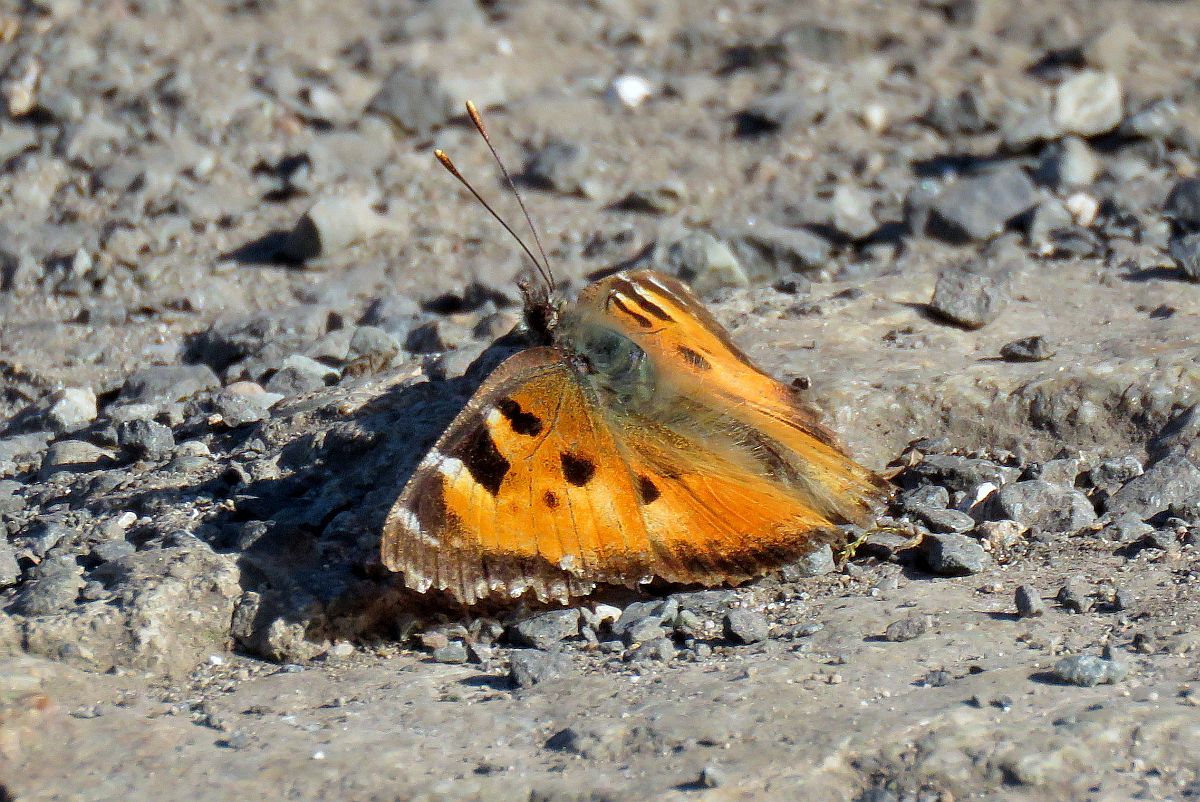
 California Tortoiseshell Nymphalis californica (Lep.: Nymphalidae) Val George
California Tortoiseshell Nymphalis californica (Lep.: Nymphalidae) Val George
Nathan Fisk reports from Fort Rodd, April 20: Mourning Cloak, Red Admiral, Grey Hairstreak all sunning in the learning meadow. Many Cabbage Whites and Western Spring Azures flitting about too.
Annie Pang photographed a hoverfly at The Gorge on April 17. Syrphid expert Dr Jeff Skevington tells me that at present it is not usually possible to identify most syrphids from photographs, though he believes Annie’s is either Syrphus or Eupeodes, probably the latter. These are attractive flies to photograph, so keep ‘em coming, even if we can’t always find an identification.
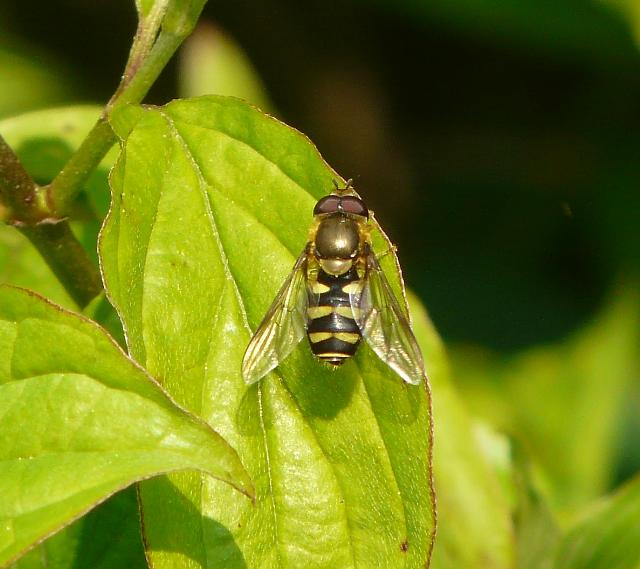

Hover fly Syrphus sp. or Eupeodes sp. (Dip.: Syrphidae) Annie Pang


